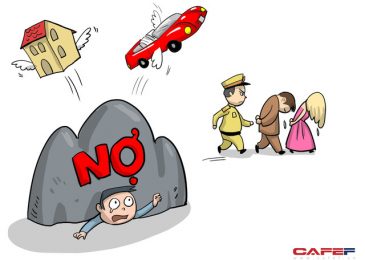RS: “Yeah, typically when you say ‘hi, how are you?’ what’s the typical response there?”
Listening online or download MP3
LIDA BAKER: “Well, ‘fine.’ And, in fact, that’s something I have to teach students right at the beginning of the course, that when somebody says to you ‘how are you?’ they’re not really asking about your health. It’s just a different way of saying hello. Back in the days when people were more conscious of grammar, one of the traditional replies to the question ‘how are you?’ was ‘I’m well.’ But when’s the last time you heard somebody say ‘I’m well?'”
RS: “I guess the last time we heard someone answer that same question ‘I’m sick’! [laughter]”
LIDA BAKER: “But you do hear people all the time saying ‘I’m good.’ At least here in California, that is extremely common. You know, and as a teacher, this kind of presents me with a dilemma: Do I teach students expressions that are grammatically incorrect but that everyone is using?”
RS: “Yes.”
LIDA BAKER: “Well … ”
RS: “Yes with a warning.”
LIDA BAKER: “Exactly! Yes, I like that — yes with a warning, that this is what people say, but don’t use it if you’re in a formal situation or a situation where you’re trying to make a very good impression.”
AA: “Like the expression ‘how do you do,’ that’s a little formal, right?”
LIDA BAKER: “Well, ‘how do you do’ is a really interesting expression. I don’t know if you realize this, but on subsequent meetings, you don’t use ‘how do you do.’ You can switch to ‘how are you?’ or ‘hello.’ But we only use ‘how do you do?’ the first time that we meet somebody.”
RS: “So, in other words, when you’re introduced to someone, you say ‘how do you do?'”
LIDA BAKER: “That’s right.”
AA: “Now what about a greeting like ‘good morning’? Good morning, Rosanne.”
RS: “Hi, Avi.”
LIDA BAKER: “Yeah, there are greetings I think that are time-bound. We have ‘good morning,’ ‘good afternoon,’ ‘good evening’ and ‘good night.’ But, again, there’s something tricky about ‘good night.'”
RS: “You say it when you’re going to sleep.”
LIDA BAKER: “That’s right. And you also say it when you’re leaving. Like at the end of the workday, people might say ‘good night’ to one another. But you can’t say ‘good night’ as a greeting. On the other end of the spectrum, again out here in California, I don’t know about the rest of the country, but it’s very common to greet people by just saying ‘hey.’ Again, you wouldn’t use it if you were in a job interview, if you were talking to your boss, if you were talking to maybe a religious leader. You would use something a little more elevated than that, like ‘hello’ or ‘how are you?'”
RS: “Hey, Lida. [laughter] I want to know how you would go about teaching this.”
LIDA BAKER: “Well, first of all, you want to provide students with information about the language. So on the blackboard I would make a list of greetings, and at the top of the list I would put the more formal ones, and at the bottom of the list I would put the least formal ones. And I would draw an arrow from the top of the list to the bottom of the list, to give students the visual notion that there’s a range here.
“And then we would move into the practice phase of the lesson, where there’s one activity that I really like to do. And I’m afraid I can’t remember where I first read this, because I’d like to give credit, but it’s called the ‘cocktail party waltz.’ It’s great to have students meeting each other at the beginning of the course. And what you do is, you put the students in two circles. One circle is inside the other circle, so the students are facing one another.
“At a signal from the teacher, these people greet one another, and then they spend a couple of minutes in small talk, talking about the weather, about the event where you happen to be, about a person’s background or what they like to do. Or their work — that’s always a good topic in the United States.
“You let the students talk to one another for a couple of minutes, and then the teacher gives another signal, and the people who are on the outside circle move like, you know, one person to the right. So that’s one really fun activity, and what’s nice about it is that it works with people at all levels.”
AA: Lida Baker teaches at the American Language Center at the University of California, Los Angeles, and she’s working on a reading comprehension textbook that might come out in about a year.
RS: And that’s Wordmaster for this week. Our e-mail address is word@voanews.com. And our segments are online at voanews.com/wordmaster. With Avi Arditti, I’m Rosanne Skirble.
MUSIC: “Pop Song ’89″/R.E.M.

DienDan.Edu.Vn Cám ơn bạn đã quan tâm và rất vui vì bài viết đã đem lại thông tin hữu ích cho bạn.DienDan.Edu.Vn! là một website với tiêu chí chia sẻ thông tin,... Bạn có thể nhận xét, bổ sung hay yêu cầu hướng dẫn liên quan đến bài viết. Vậy nên đề nghị các bạn cũng không quảng cáo trong comment này ngoại trừ trong chính phần tên của bạn.Cám ơn.







